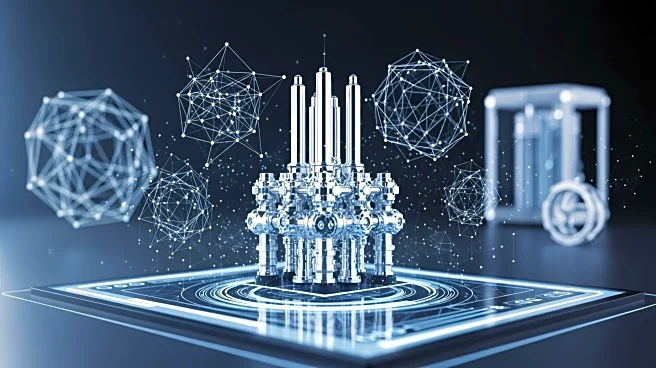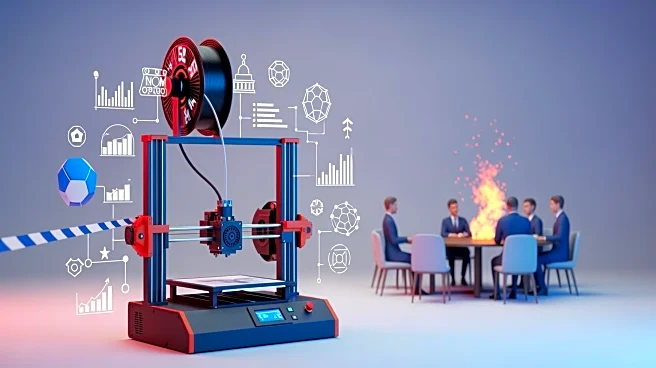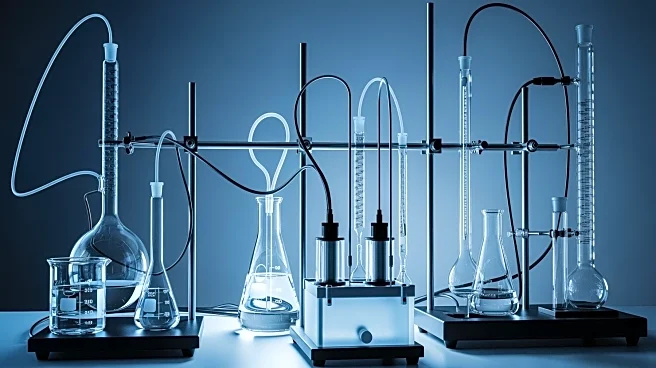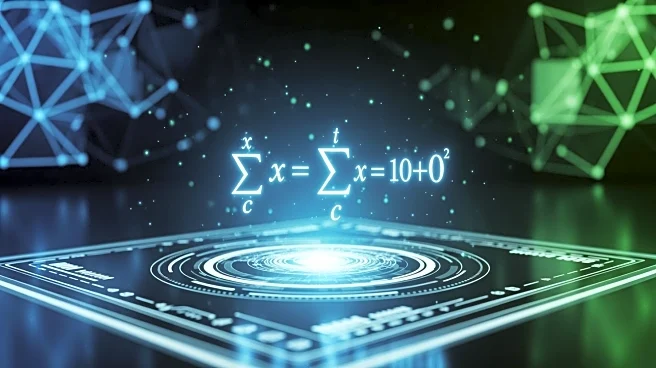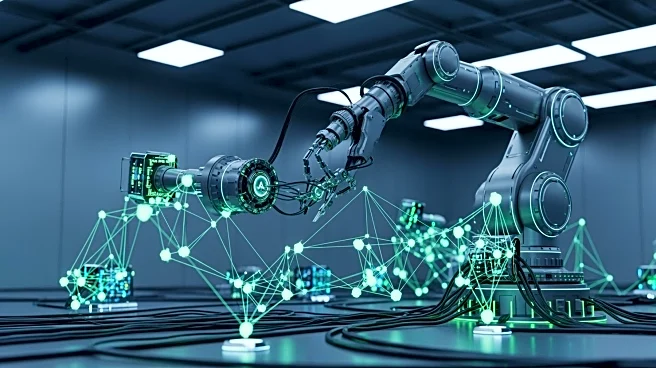What's Happening?
A new digital platform has been developed to enhance the design, fabrication, and optimization of catalytic reactors, integrating machine learning and 3D printing technologies. This platform, as reported
in Nature Communications, was tested on two multiphasic reactions: the hydrogenation of acetophenone and the CO2 cycloaddition to epoxides. The reactors designed through this platform achieved excellent space-time yields, demonstrating the potential of combining geometric design with precise control of reaction conditions. This approach, known as Reac-Discovery, not only enhances catalytic performance but also saves researchers' time by optimizing reactor structures for specific reactions.
Why It's Important?
The development of this platform is significant for the chemical industry and research sectors, as it offers a more efficient method for designing catalytic reactors. By utilizing machine learning and 3D printing, the platform can rapidly prototype and test reactor designs, potentially reducing the time and cost associated with traditional methods. This innovation could lead to more sustainable and efficient chemical processes, benefiting industries that rely on catalytic reactions, such as pharmaceuticals, petrochemicals, and environmental engineering. The ability to tailor reactor designs to specific reactions could also lead to breakthroughs in complex chemical synthesis and production.
